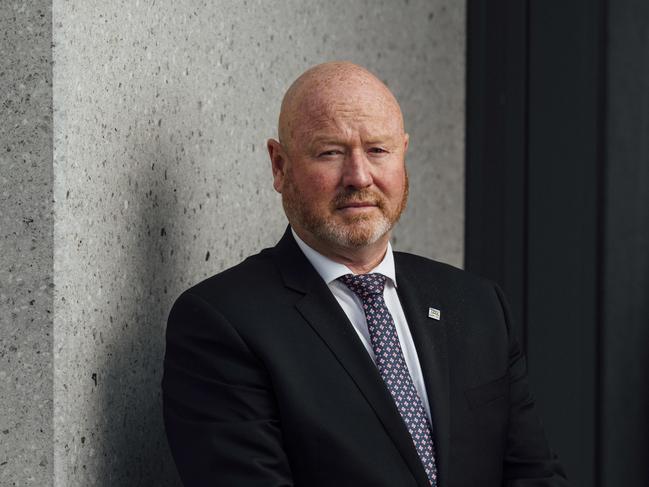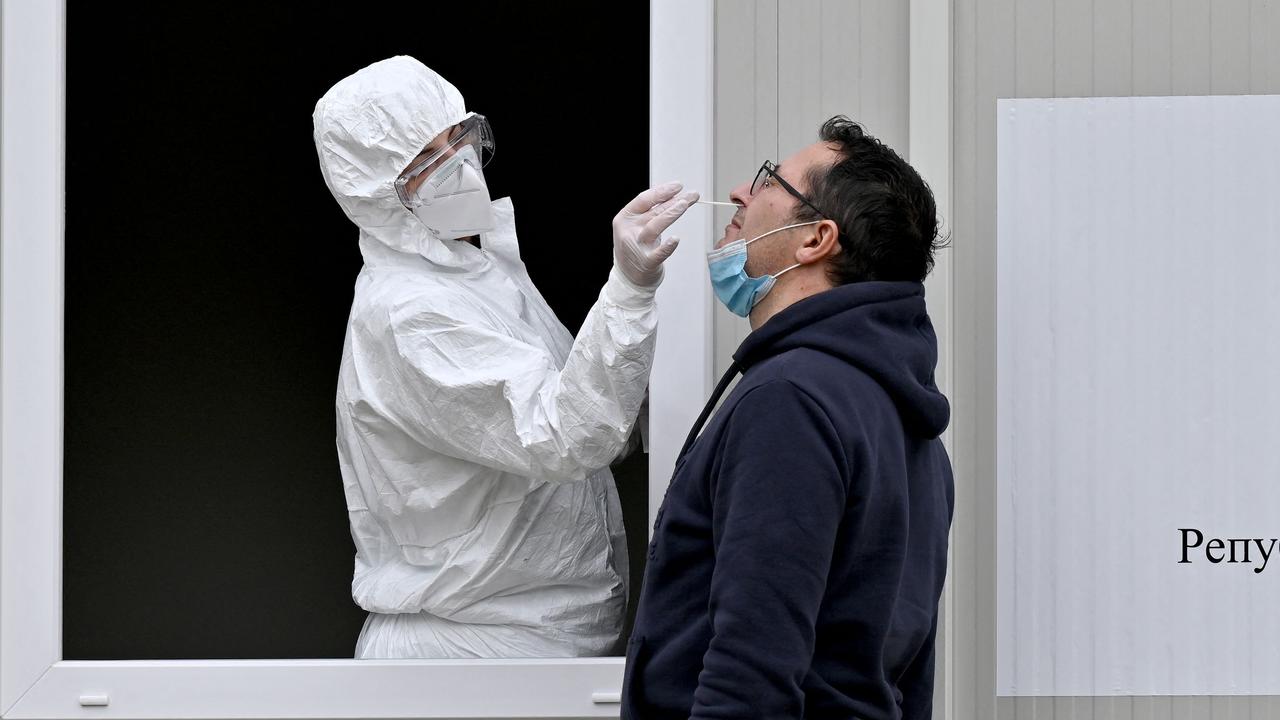‘We are slipping behind’: Coronavirus schools shutdown widened gap between top and bottom students, experts warn
The school shutdown forced further apart the gap between the top and bottom of the class, with education leaders calling for an urgent solution.
Coronavirus
Don't miss out on the headlines from Coronavirus. Followed categories will be added to My News.
The school shutdown has forced further apart the gap between the top and bottom of the class with education leaders now calling for specialised one-on-one teaching from accredited tutors.
The Australian Tutoring Association is urging the federal government to bring back a tutoring voucher program to help close the divide between disadvantaged and advantaged students.
Some experts say this gap widened during the coronavirus pandemic as some students actually improved while others dropped.
Disadvantaged Australian students are already approximately 37 weeks behind in numeracy and 35 weeks in reading and anecdotally many teachers are reporting that a large number of students have returned to school more advanced than when they left, prompting some experts to call for urgent intervention to narrow the gap.

MORE NEWS
Stars shock with lockdown makeovers
WAG’s fashion brand denies copying designs
Frenzy over Insta star’s trackies
It comes as the Grattan Institute has launched a report showing additional tutoring is needed to boost learning for disadvantaged students who could gain five months learning between now and the end of the year.
The report also recommends governments spend $70 million expanding successful literacy and numeracy programs, especially for students in the early years, and $30 million on trials of ‘targeted teaching’ and extra support for student wellbeing.
The Grattan Institute School Education Fellow Julie Sonnemann said its modelling shows the achievement gap between advantaged and disadvantaged students widens at triple the rate in remote schooling compared to regular class.
Even if remote learning was working well, disadvantaged students are likely to have learnt at about 50 per cent of their regular rate, losing about a month of learning, the report shows.
Chief executive of the Australian Tutoring Association and a lecturer in teacher education, Mohan Dhall said it was time to bring back a version of the Australian Government’s An Even Start program, which allocated funds to students who needed personalised support to spend on 12 hours a week of tutoring.
“This was an important program that was abandoned and the funding redirected. It is more important now than ever to have one-on-one specialised tutoring for those children most at risk. We need a program that aligned accredited tutors to schools, making them accountable to the school system, similar to what is in the US and the UK,” he said.
“The learning loss is compounded by the already existing need for additional supplementary support borne out by Australia’s recent PISA rankings. The results on these international tests have shown that we are slipping behind as other nations push ahead.”
The proposed tutoring program would use accredited tutors and trained teachers working with schools with targeted one-to-one support, twice-weekly practice and 10 weeks of tuition for students who need extra help.

With some teachers reporting that children have improved since shutdown – in some cases leaping many levels of reading – President of the Australian Primary Principals Association Malcolm Elliott said it was not surprising that there was a widening at both ends of the scale as some students received one-on-one help from their parents and others didn’t.
“There is absolutely no question, we know that one to one contact between students and another person is a very, very powerful way to learn,” he said.
Associate Professor at the University of Western Australia in the School of Social Sciences and the Graduate School of Education Glenn Savage said that the shutdown was likely to have exacerbated the already wide gap between advantaged and disadvantaged students.
“I think we should be really concerned about the gap widening, what the COVID experience reinforced was the important role education plays for all young people but particularly disadvantaged students. The loss of months of learning has impacted some kids far more than others and schools are going to need to start and try and level the playing field.”


